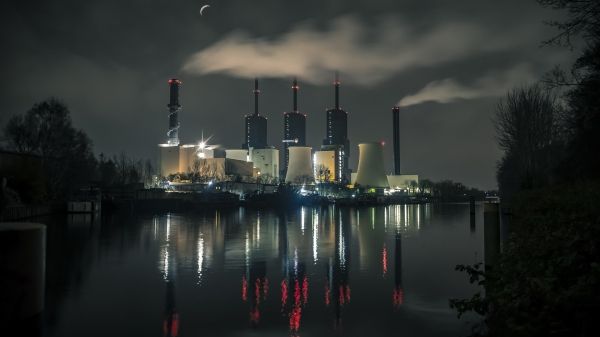Researchers from the University of Houston, backed by $4 million in funding from the Texas Commission on Environmental Quality, have joined a pilot project testing the use of supercritical CO2, or pressurized carbon dioxide, to produce low-cost, low-emission electric power.
The project, funded by the U.S. Department of Energy and located at the Southwest Research Institute in San Antonio, will demonstrate a new technology, known as Supercritical Transformational Electric Power, which can operate so efficiently that a desk-sized turbine is able to power about 10,000 homes.
Researchers from UH, led by principal investigator Hanadi Rifai, John and Rebecca Moores Professor of environmental engineering and director of the environmental engineering graduate program, will train graduate students on the technology to address three main goals:
- Determine whether the technology can use waste heat produced by petrochemical and other industrial facilities to generate electricity
- Assess the best opportunities for integrating the technology
- Study deployment of the technology across the electric grid, focusing on emissions, water usage and how best to match plant scale to grid requirements Rifai said some of the TCEQ funding will be used for specific components of the technology at the pilot facility in San Antonio, as well as to support data collection to gauge the technology’s efficiency.
Read more at University Of Houston
Image by Achim Scholty from Pixabay


